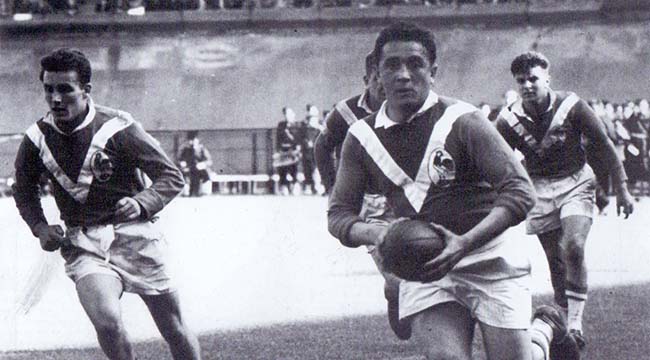 Rugby League World’s Treiziste Diarist Pierre Carcau asks if French Rugby League makes enough of its own eventful history as a means of building its profile with the French sporting public.
Thanks to historians and writers such as Mike Rylance, Tony Collins, Gavin Willacy and others, British fans who are interested in French Rugby League have
Rugby League World’s Treiziste Diarist Pierre Carcau asks if French Rugby League makes enough of its own eventful history as a means of building its profile with the French sporting public.
Thanks to historians and writers such as Mike Rylance, Tony Collins, Gavin Willacy and others, British fans who are interested in French Rugby League have Treiziste Diary: Could its own history help create a better future for French Rugby League?
 Rugby League World’s Treiziste Diarist Pierre Carcau asks if French Rugby League makes enough of its own eventful history as a means of building its profile with the French sporting public.
Thanks to historians and writers such as Mike Rylance, Tony Collins, Gavin Willacy and others, British fans who are interested in French Rugby League have
Rugby League World’s Treiziste Diarist Pierre Carcau asks if French Rugby League makes enough of its own eventful history as a means of building its profile with the French sporting public.
Thanks to historians and writers such as Mike Rylance, Tony Collins, Gavin Willacy and others, British fans who are interested in French Rugby League have 